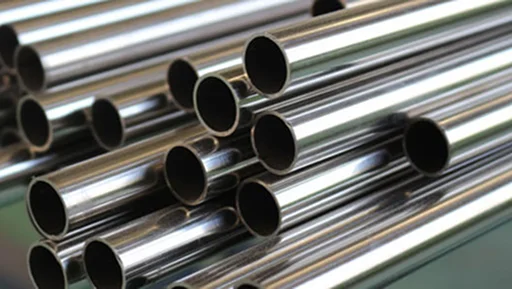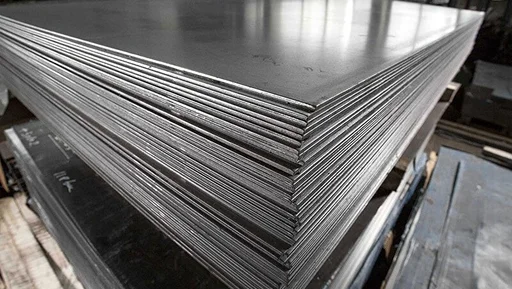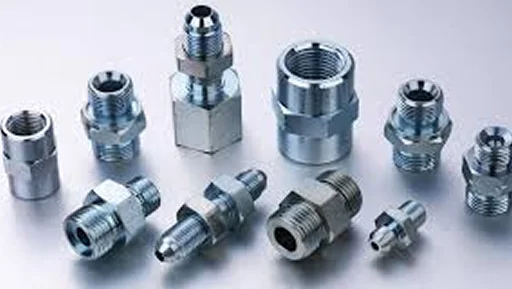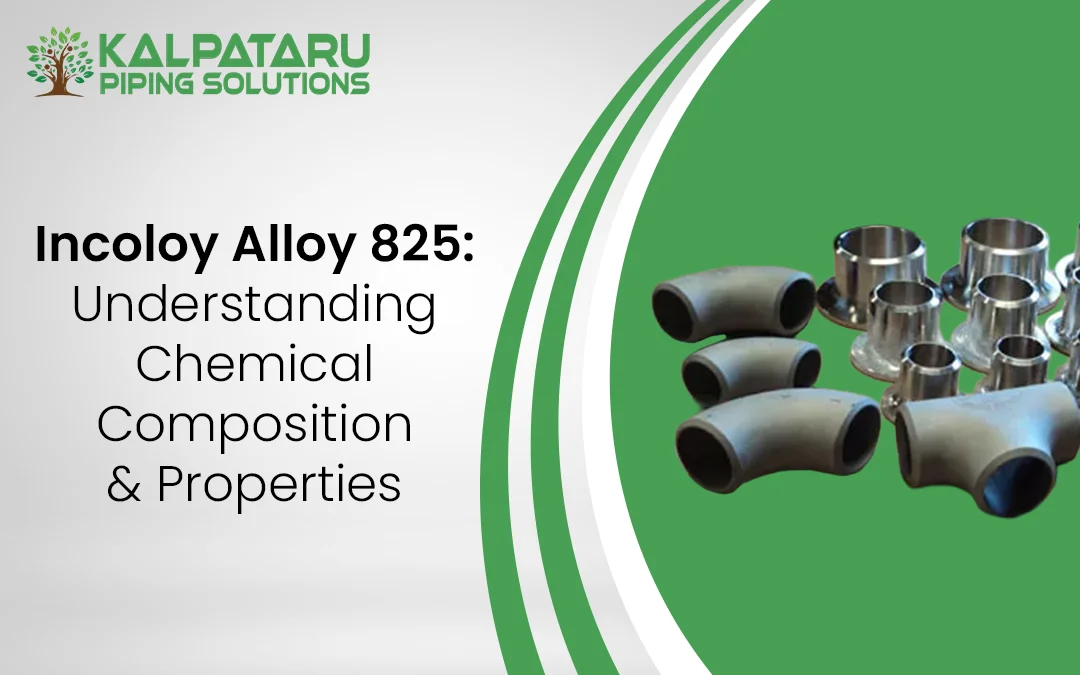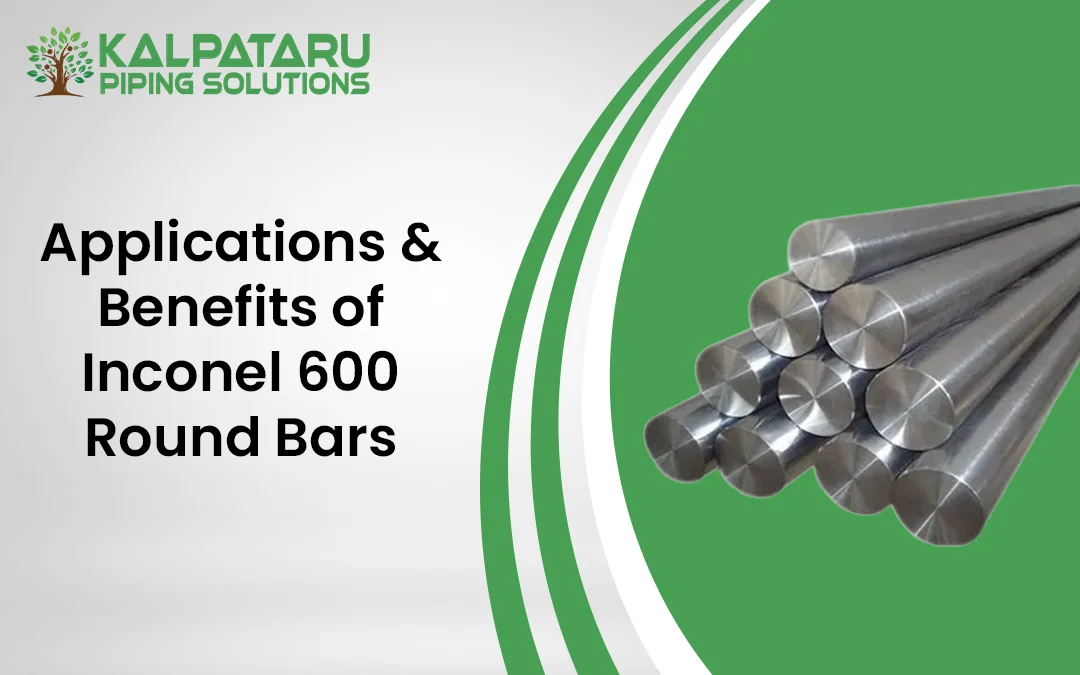
Complete Guide to Copper Sheets: Benefits, Fabrication & Industrial Uses
Be it a sourcing of material to be used in high conductivity electrical components or durable roof cladding of an architectural building, the sheet metal gauge chart is the first tool to navigate. The modern manufacturers have a wide variety of copper sheet dimensions, including heavy-duty plates to be used as structural elements and ultra-thin foil to have shields. In order to assist you in deciding the specifications to be used in your project, you can explore our comprehensive range of copper products that meet global standards.
For detailed supply options, our dedicated copper plates & sheets suppliers section provides specific grade availability.
Types of Copper Sheets (With Grades & Thickness Options)
The choice of the right copper sheet metals is dependent on the purity and the mechanical properties that are needed. The industrial grades are normally categorized based on their oxygen percentage and mode of production which directly determines their conductivity and formability.
Electrolytic Tough Pitch (ETP) Copper Sheets
The most popular grade, ETP (C11000), has around 99.9 percent of copper and 0.04 percent of oxygen. It is a high thermal conductivity and electrical conductivity material that is used in general electrical applications in the industry.
Oxygen-Free Copper Sheets (C10100/C10200)
In cases where hydrogen embrittlement is a concern say in reducing atmosphere or high-vacuum electronics Oxygen-Free (OF) copper is necessary. These These thin copper sheets have better ductility and are widely applied in high end audio and medical equipment.
Deoxidized Copper (C12200)
The best choice in terms of welding or brazing application is High Phosphorus Deoxidized (DHP) copper. Presence of phosphorus eliminates embrittlement in the heating process thus making it perfect in the plumbing and industrial tanks.
Phosphor Bronze Sheets
Manufacturers make sheets of unprecedented fatigue resistance and spring properties available by alloying copper with tin and phosphorus, usually used in electrical contacts and switchgear.
Perforated Copper Sheets
A perforated copper sheet is used in filtration, acoustic damping, and machine stamped to form the accurate hole patterns. These play a very important role in HVAC systems and architectural screens where both airflow and beauty have to be taken into consideration. You can view specifications for these specialized items on our perforated sheet page.
Common Dimensions & Forms:
| Dimension / Form | Description & Common Applications |
|---|---|
| 4×8 Copper Sheet | The standard industry dimension, widely used for architectural cladding, wall panels, and large-scale fabrication projects. |
| 1mm Copper Sheet | A versatile gauge frequently used for detailed craftwork, embossing, and light-duty electrical shielding. |
| 2mm Copper Sheet | Provides the structural rigidity necessary for roofing panels, heavy-duty gaskets, and mechanical components. |
| Copper Foil Sheets | Micrometer-thin layers that are essential for PCB manufacturing (circuit boards) and battery anodes. |
| Copper Shim Sheet | Precision-rolled material used primarily for alignment, spacing, and leveling in heavy machinery. |
Types of Copper Sheet Alloys
High stress environments often require too soft a pure copper. Copper Alloy Sheets add such elements as zinc, nickel or beryllium to improve the strength without losing excessive conductivity.
- Beryllium Copper Sheets: A beryllium copper sheet (C17200) is also the non-sparking and the strongest material, and it is indispensable when using tools in the oil and gas industry in the dangerous environment. It can also be hardened with age to give it the same level of hardness as high-strength steel. For sourcing these high-performance alloys, visit our beryllium copper alloy sheet suppliers page.
- Brass Sheets (Copper-Zinc Alloy): The decorative trim and ammunition casings are made out of brass; adding zinc will increase its tensile strength and it will have a nice golden appearance.
- Copper-Nickel Alloys: These alloys are of excellent biofouling and seawater corrosion resistance. They are used as the materials of choice in marine hardware and desalination piping. Learn more about these marine-grade options at our copper nickel plates & sheets hub.
- Copper Aluminium Sheet: A copper aluminium sheet is often referred to as Aluminium Bronze and is designed in high load applications such as bushings and bearings, with great wear and corrosion resistance.
Manufacturing and Processing of Copper Sheets
Working with copper sheet metal requires specific techniques to maintain the integrity of the material. The production process starts with the casting of ingots and then carrying out the hot-rolling and cold-rolling process to obtain the required gauge.
- Cutting Copper Sheets: Cutting copper sheet material varies by thickness. Thin foils may be sheared using hand tools, however, more heavy industrial foils need to be cut by water-jet or plasma cutting to avoid heat distortion.
- Shaping and Forming: The malleability of copper makes it to be deep-drawn or hammered. Nevertheless, it work-hardens rapidly. To enhance elasticity to continue with the copper sheet fabrication, the material requires annealing, a heating mechanism that makes the crystalline structure soft.
- Finishing: Since mirror-polishing has been used to decorate objects, to applying the inhibitors that slow down the natural patina, finishing is paramount. Surface treatment will be done properly to make the copper sheet supply last long in any outdoor or corrosive condition.
Welding Copper Sheet Metal
Welding copper sheet metal is a challenging task because copper has high thermal conductivity, thus the heat quickly disperses out of the weld area. The welding technique that is recommended in order to obtain high-quality joints is TIG (Tungsten Inert Gas) welding, which usually needs pre-heating of thicker parts.
For a deeper dive into procurement strategies, read our copper sheet buying guide.
Benefits of Copper Sheet Metal
The industrial need properties of copper sheets is due to a combination of features that are unique to each:
- Thermal Conductivity and Electrical Conductivity: The standard of 100% IACS of electrical conductivity is in the form of copper, which is the best conductor of electricity.
- Corrosion Resistance: When exposed to the atmosphere, copper sheets compositions automatically develop a protective layer (verdigris) on their surface preventing further corrosion of the underlying metal.
- Antimicrobial Properties: Copper surfaces have the innate ability to kill 99.9 percent of bacteria in hours, which is an essential advantage to hospital surfaces and food production tools.
- Ductility: It is able to be pulled into fine wire or rolled into ultra-thin sheets without fracture, giving way to complex geometries.
Copper Sheets Uses
The application of copper alloy sheets is diverse and extensive in the spheres:
- Generation of Power: Busbars and windings of transformers make use of ETP sheets that are of high purity.
- Architecture: Roof, gutters, and downspouts are based on the weathering and aesthetic characteristics of copper.
- Automotive: Automotive heat exchangers and radiators make use of the thermal transfer abilities of copper.
- Electronics: The foundation of the printed circuit board (PCBs) is the use of copper foil sheets.
- Art & Design: It is utilized in interior decoration and wall cladding by sculptors.
For detailed examples of industrial applications, check out our page oncopper sheet uses.
Copper Sheet Price: Key Factors to Consider
To determine the copper sheet price, one should not look at the sticker tag. The copper sheet cost is dynamic and it depends on various global and local aspects:
- LME Trends: The body copper sheet metal prices are pegged to the London Metal Exchange (LME) which is traded on a daily basis depending on the amount mining activities and demand globally.
- Fabrication & Grade: A copper sheet price per kg will increase in the specialized alloy such as the Beryllium copper than in the standard ETP grades. Moreover, the processing costs such as perforation or polishing increase the cost.
- Thickness: Sold by weight, thinner sheets (such as foils) may cost more per kg to process than thicker plates because the technology needed to roll such sheets is fine and there is no tolerance.
Why Choose Kalpataru Piping for Copper Sheets Product Needs?
Kalpataru Piping, being a prominent Copper Sheets Supplier and Copper Sheets Manufacturer will be a bridge between raw material and finished application. We realize that the temper of a 4×8 copper sheet used to roof needs different specifications as compared to a copper shim sheet used to align machinery. We also have a strict test on our inventory based on the standards of ASTM and ISO, and so you can not fail to get the same quality on any project.
FAQs
Can copper sheets be welded together?
Yes, but it requires skill. The welding copper sheet metal is done through TIG. In case of thin sheets, it is customary to use soldering or brazing instead of the high-cost warping by heat.
What’s the best way to attach copper sheets to another surface?
It is usually mechanical fasteners (rivets/screws) or industrial adhesives. Also, in attaching to various metals, an insulating washer should be used to avoid galvanic corrosion.
What is the best copper sheet thickness for crafts?
For embossing and tooling, thin copper sheets (24-30 gauge) are ideal. For structural jewelry or bowls, a heavier 1mm copper sheet (approx. 18 gauge) provides the necessary rigidity.
Thin sheets of copper (24-30 gauge) are the best to use in embossing and tooling. To give the rigidity required in structural jewelry or bowls, a heavier sheet of copper, 1mm copper sheet (approx. 18 gauge)
Can copper sheets be used outdoors?
Absolutely. Copper is an outdoor material, which is very durable. It grows a self healing green patina over the course of time which shields the metal against the elements.
Can I customize copper sheets for my project?
We do have different copper sheets dimensions and personalization. You may require some special cutting copper sheet services or special alloy compositions, we can supply them to your specification.




